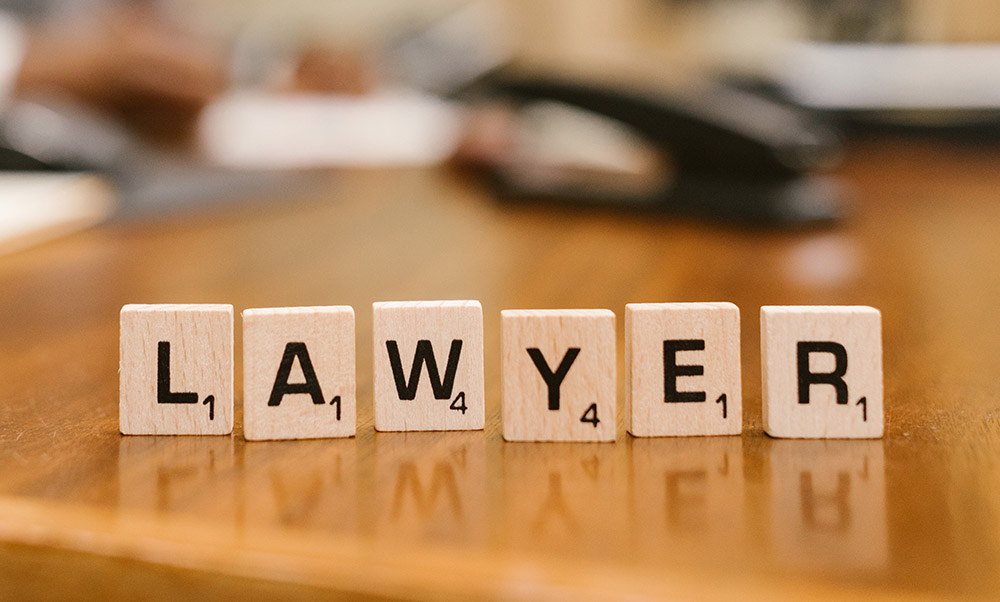
How to draft legal documents as a lawyer?
Introduction:
Welcome to the world of legal craftsmanship, where the drafting of legal documents stands as a testament to the precision, clarity, and artistry of lawyers. As legal professionals, we understand the critical role that well-drafted legal documents play in conveying complex legal concepts, protecting clients’ interests, and ultimately achieving favorable outcomes. This comprehensive guide embarks on a journey to master the art of drafting legal documents, unveiling the key steps and strategies to wield language effectively in the realm of law.
In the pursuit of justice, the ability to craft persuasive and well-structured legal documents is a powerful tool that empowers lawyers to advocate with precision and clarity. From contracts to pleadings, motions to legal memoranda, the art of drafting legal documents enables us to wield language as a beacon of success, illuminating the path to favorable resolutions for our clients. Let us now delve into the intricacies of this art, equipping ourselves with the knowledge and skills to create compelling legal documents that leave an indelible mark on the landscape of law.
Drafting Legal Documents as a Lawyer: A Comprehensive Guide
As a lawyer, the art of drafting legal documents is paramount in ensuring precision, clarity, and effectiveness in legal practice. The ability to craft well-structured and persuasive legal documents is essential for conveying complex legal concepts, protecting clients’ rights, and achieving favorable outcomes. In this comprehensive guide, we explore the key steps and strategies to master the art of drafting legal documents.
1. Understanding the Purpose and Audience:
- Identify the Purpose: Clearly understand the purpose of the legal document, whether it’s a contract, pleading, motion, or legal memorandum.
- Consider the Audience: Tailor the language and content of the document to suit the intended audience, be it a judge, opposing counsel, or a client.
2. Research Relevant Laws and Precedents:
- Legal Research: Conduct thorough legal research to identify and understand the applicable laws, regulations, and relevant precedents.
- Case Citations: Accurately cite relevant cases that support your arguments or legal positions.
3. Organize Information and Structure:
- Logical Flow: Ensure a logical flow of information throughout the document, presenting arguments and facts in a coherent manner.
- Headings and Subheadings: Use clear and descriptive headings and subheadings to enhance readability and facilitate quick referencing.
4. Use Clear and Precise Language:
- Avoid Ambiguity: Use clear and unambiguous language to avoid misunderstandings or misinterpretations.
- Define Legal Terms: Define legal terms that may be unfamiliar to the intended audience.
5. Tailor the Document to the Specific Case:
- Customization: Tailor each legal document to the unique facts and circumstances of the case at hand.
- Personalization: Address the parties and relevant details specific to the case.
6. Be Concise and Avoid Redundancy:
- Brevity: Be concise in your writing, focusing on essential information and avoiding unnecessary repetition.
- Eliminate Jargon: Avoid excessive legal jargon that may confuse or overwhelm the reader.
7. Include Relevant Supporting Evidence:
- Exhibits and Attachments: Include exhibits, attachments, or appendices that support and strengthen your arguments.
- Cite Sources: Properly cite all sources and authorities referenced in the document.
8. Proofread and Edit Thoroughly:
- Accuracy: Ensure the document is free of grammatical errors, typos, and inaccuracies.
- Consistency: Maintain consistency in formatting, headings, and citations throughout the document.
9. Seek Feedback and Review:
- Peer Review: Seek feedback from colleagues or mentors to ensure the document’s clarity and persuasiveness.
- Client Review: If appropriate, share the document with the client for review and approval.
10. Follow Court Rules and Local Practices:
- Adhere to Court Rules: Abide by court rules and guidelines when drafting documents to meet procedural requirements.
- Local Practices: Familiarize yourself with local practices and customs for formatting and presenting legal documents.
In the realm of legal practice, the skillful drafting of legal documents is an art that can profoundly influence the trajectory of a case. By understanding the purpose, conducting thorough research, and tailoring the document to the specific case, lawyers can effectively convey their arguments, protect their clients’ rights, and advocate with precision and clarity. The art of drafting legal documents empowers lawyers to wield language as a powerful tool, shaping the course of justice and upholding the principles that govern our legal system. Embrace these strategies, and let your legal documents be the beacon of success in the realm of law.
Conclusion:
As we draw the curtains on this enlightening journey, the art of drafting legal documents stands as a beacon of excellence in legal practice. By understanding the purpose, conducting thorough research, and employing clear and precise language, we empower ourselves to craft documents that resonate with judges, clients, and opposing counsel alike. The power of legal documents lies not merely in the words on paper but in their ability to shape the trajectory of cases and safeguard the rights of those we represent.
In the pursuit of justice, let us never underestimate the impact of well-drafted legal documents, for they serve as the foundation upon which legal arguments are built, the sword that cuts through ambiguity, and the shield that protects our clients’ interests. Embrace the art of drafting legal documents with confidence, and may the eloquence of your words be a driving force in the pursuit of truth, equity, and the triumph of justice in the world of law.
